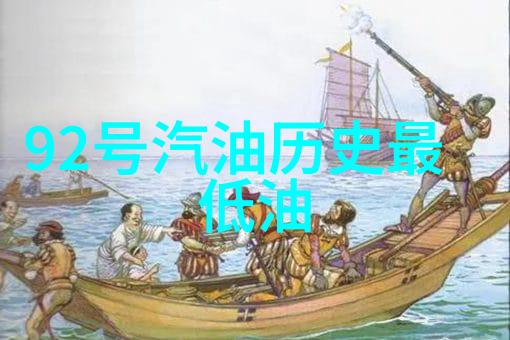在漫长的历史长河中,银两作为一种货币形式曾经占据了重要地位。它不仅是商业交易的一种媒介,更是文化交流和经济发展不可或缺的一部分。在探索中国古代银两之路时,我们常常会遇到各种各样的问题,比如如何鉴别真伪、价值评估等。对于这些问题,华夏钱币鉴定官网提供了一系列查询服务,让我们能够更深入地了解这些古老的货币。

首先,我们需要明确的是什么是“银两”。silver or “yintong” in Chinese, silver has been an important commodity for thousands of years. Silver was used as a medium of exchange and store of value in ancient China, with its use dating back to the Shang Dynasty (16th-11th centuries BC). During this time, silver was used primarily for ceremonial purposes but gradually became more widely accepted as a form of currency.
The use of silver as currency continued through the Zhou Dynasty (1046-256 BC), where it was used alongside other forms such as cowry shells and bronze coins. However, it wasn't until the Han Dynasty (206 BC-220 AD) that silver became a standard unit of currency in China. The word "yintong" itself is derived from two characters: yin meaning "silver" and tong meaning "copper". This name reflects the fact that early Chinese coins were made from both metals.

As we delve deeper into understanding these ancient currencies, one thing becomes clear: their values are not just monetary but also cultural. Each coin tells a story about its era - whether it's the artistry on its surface or the materials used to make it.
Now let's talk about how you can learn more about these ancient treasures through online resources like 华夏钱币鉴定官网查询(China Coin Authentication Website Query). This website offers an extensive database filled with information on various types of coins including those made from silver.

One way to start your exploration is by browsing through different dynasties and time periods. For instance, you could look at coins produced during the Tang Dynasty (618-907 AD), which saw significant economic growth due to trade along the Silk Road routes. The website will provide detailed descriptions along with images so you can see what each coin looks like up close.
Another aspect worth exploring is regional variations within different dynasties' coinage systems. Coins minted during specific eras had distinct designs reflecting local artistic styles or tribute payments made by foreign kingdoms to Chinese rulers.

It's also interesting to note that some rare or valuable coins have unique stories behind them too! Did you know that certain copper-alloy cash tokens found in Henan Province date back over 2 millennia? These tokens hold historical significance because they were unearthed near an archaeological site related to one of China’s earliest known capital cities!
Moreover when considering collectibility factor plays role too; certain collections may be highly sought after due their rarity or historical importance – something else worth noting when searching through websites such as “华夏钱币鉴定官网查询”.

Finally don't forget there are many ways besides using online databases alone which includes visiting museums & exhibitions dedicated specifically towards showcasing antique artifacts—this helps us understand better how our ancestors lived their lives under various socio-economic conditions throughout history
In conclusion while exploring china's rich history via studying old money gives us insight into past civilizations’ economies ,the journey doesn’t stop there . It continues right now - even if only virtually - thanks sites like “华夏钱币鉴定官方网站”. We encourage everyone who wants knowledge on this fascinating subject visit these platforms regularly update themselves on latest discoveries research findings making learning fun exciting experience indeed!





